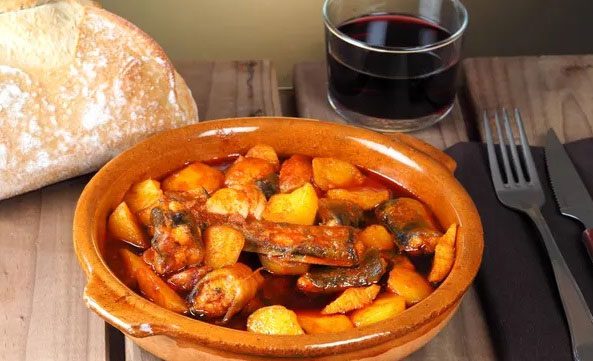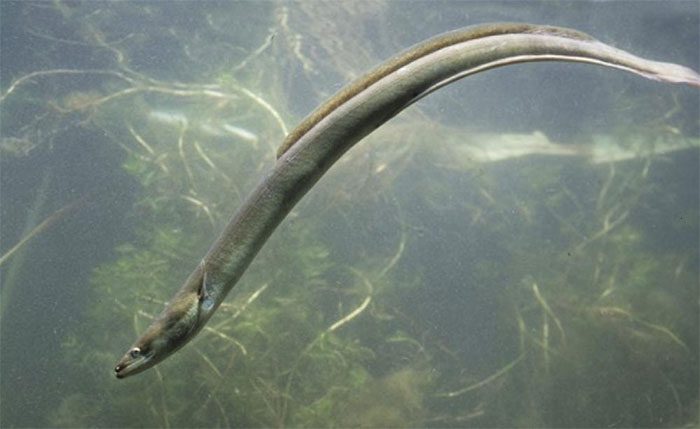The European eel species is facing a precarious situation due to poaching, climate crises, and traditional culinary practices in the region.

Traditional stew in Valencia featuring European eel, garlic, and paprika. (Photo: Alamy)
At the Madrid Fusion 2023 culinary event held in Spain, five of the world’s top chefs prepared 16 dishes using famous European ingredients, with American actor Robert De Niro supporting the promotion of the event. While the initiative received backing, two dishes featuring eel drew significant attention. Scientist Miguel Clavero Pineda from the Spanish National Research Council noted, “I was surprised. There seems to be a lack of awareness that this species is on the brink of extinction.”
Mr. Clavero Pineda is part of a group of scientists and environmental activists voicing their concerns about Europeans still enjoying eel dishes—a species that has seen a 95% decline in numbers since the 1980s across the continent. He stated, “It’s crazy. No restaurant would think of serving Iberian lynx, yet we are still eating eel.”
Cooking with eel has been a tradition in Europe because this species was once abundant in the continent’s rivers, streams, and lakes. In Dutch fairs, smoked eel remains popular, while in Denmark it is often paired with scrambled eggs. Italians sometimes celebrate Christmas with fried eel, and in Spain, eels dubbed “stomach” are fried in olive oil, garlic, and chili, costing over 1,000 euros per kilogram.

European eel. (Photo: Alamy).
Approximately 5,500 tons of eel are farmed across Europe each year to meet market demand. Additionally, 1,000 tons are caught in the wild annually. However, Margreet van Vilsteren, founder of the Good Fish organization (Netherlands), stated that many eel farming operations rely entirely on catching juvenile eels in the wild.
Scientists have called for a ban on catching juvenile eels in Europe, but many politicians continue to allow a limited number of juvenile eels to be caught each year.
Ms. Van Vilsteren also pointed out that fishing is just one of many factors contributing to the sharp decline in eel populations in Europe. Numerous dams and hydroelectric plants have disrupted eel habitats, alongside the impacts of climate change, pollution, and parasites. According to her, the best and quickest hope for the recovery of European eel populations is to end fishing altogether.
Moreover, since the ban on the trade of European eel outside the continent took effect in 2010, it is estimated that up to 100 tons of juvenile eels are smuggled out of Europe each year. In an anti-smuggling operation conducted from November 2021 to June 2022 in Europe, 49 people were arrested, and 1,255 kg of glass eels (a type of transparent eel) worth approximately 1.9 million euros were confiscated.
Mr. Clavero Pineda remarked, “The fewer eels there are, the higher the price.” He added, “We can ban eel fishing and hope that one day the eel species will be abundant again.”





















































